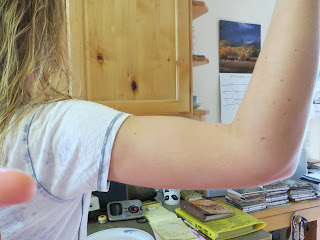 |
| The clovers are an example of a long-day plant. A long-day plant is a plant that flowers only after being exposed to light in periods longer than a certain critical length, like in summer. |
2013 AP Bio Summer Assignment
Sunday, October 20, 2013
long-day plant
Redox Reaction
Sunday, September 29, 2013
Detritovore
introduced species
Glycogen
Predation
homologous structures
Subscribe to:
Comments (Atom)





